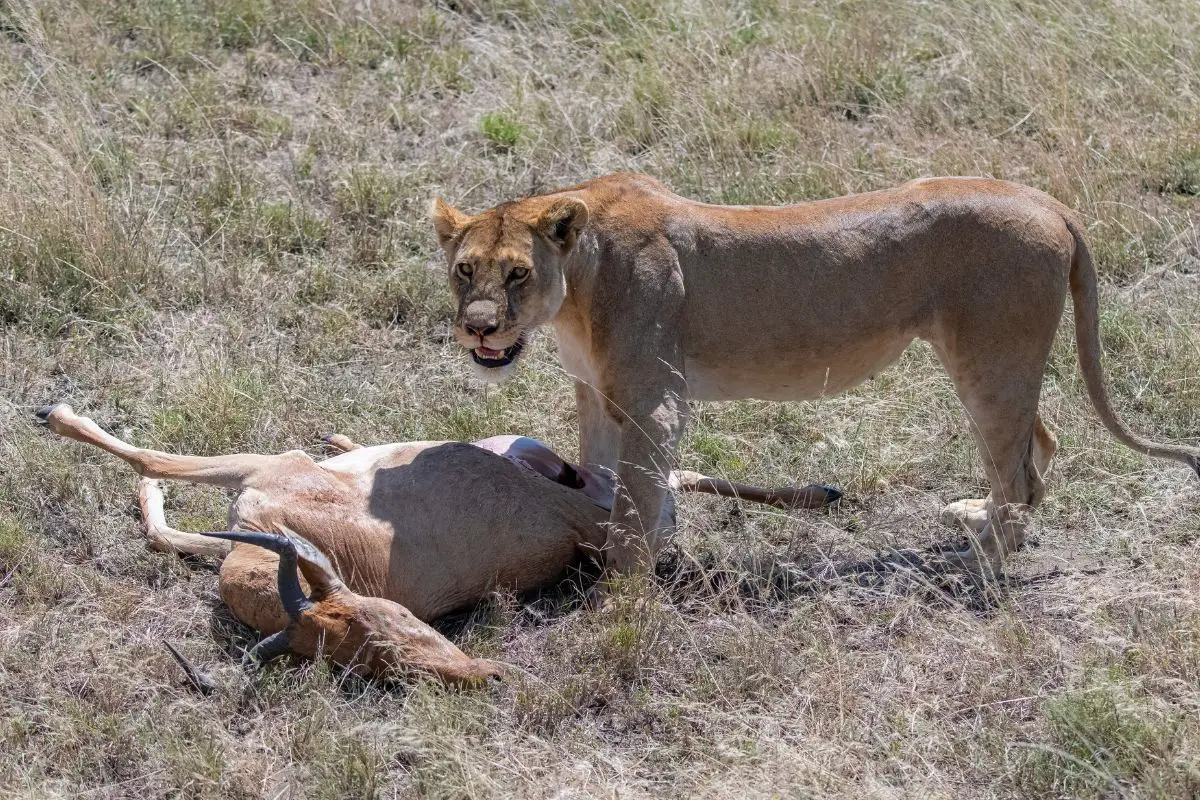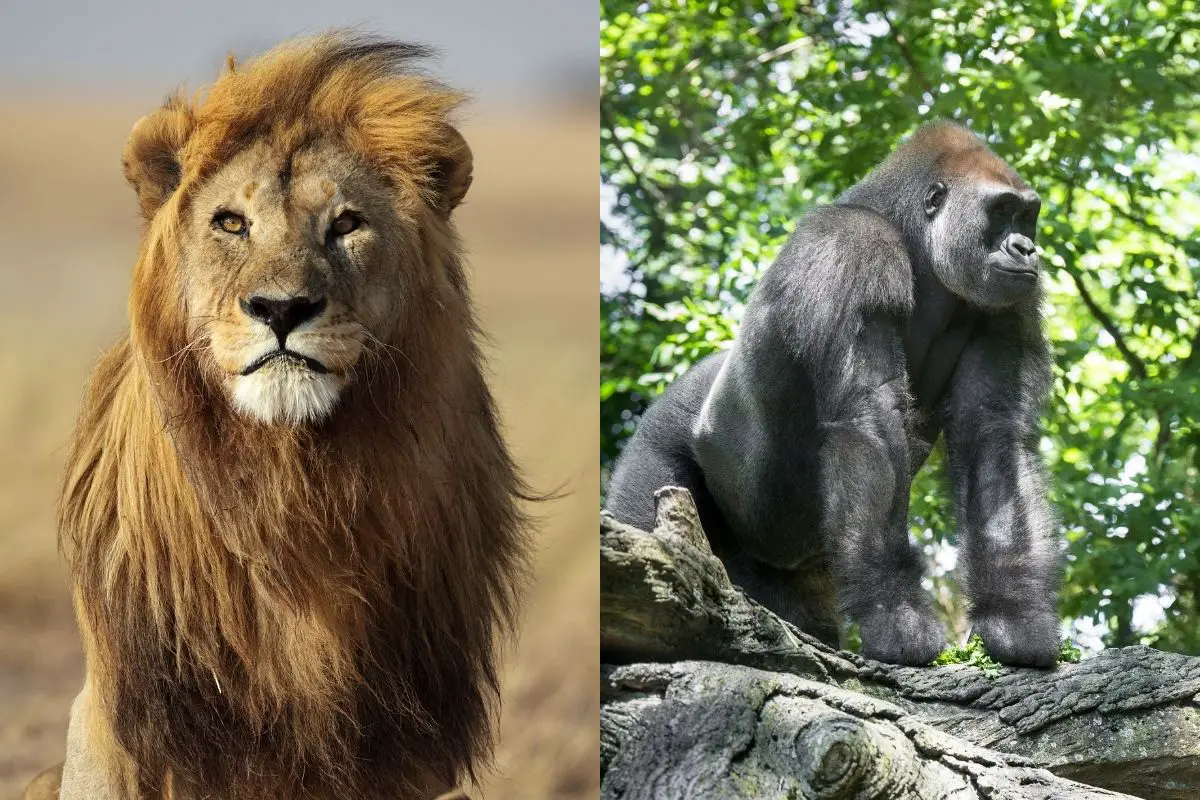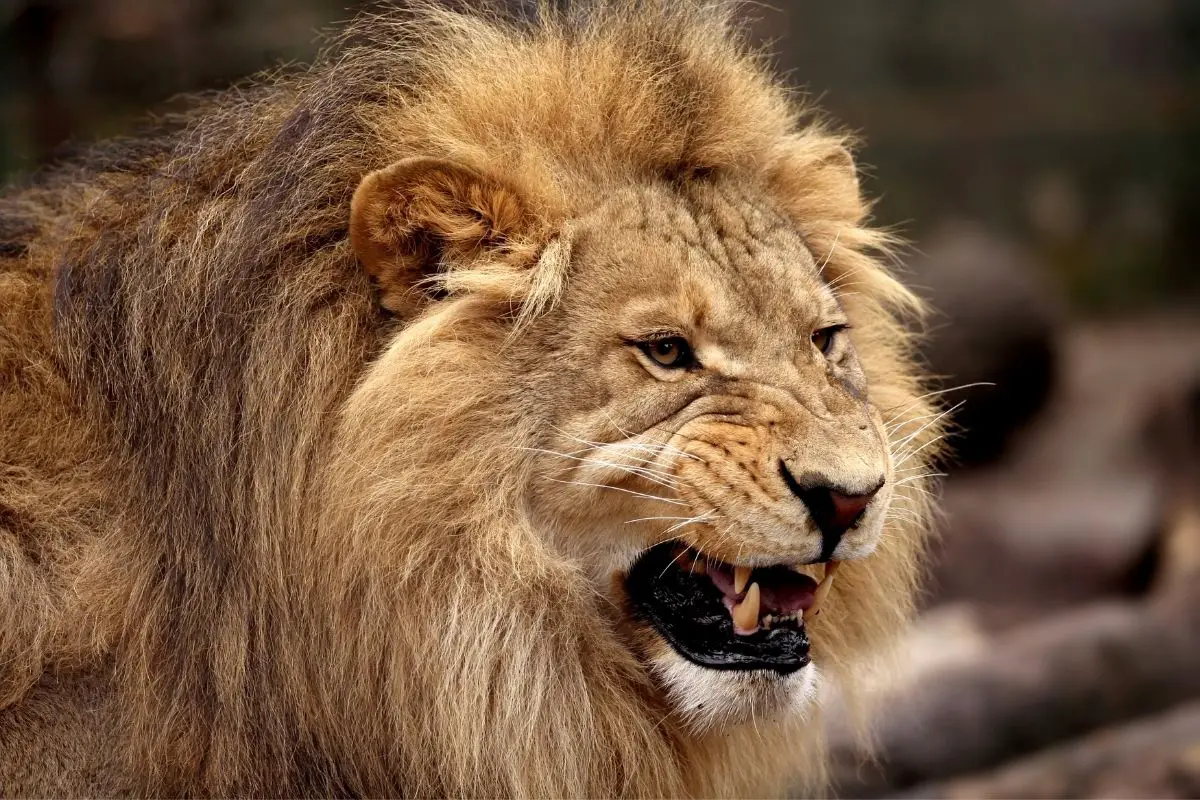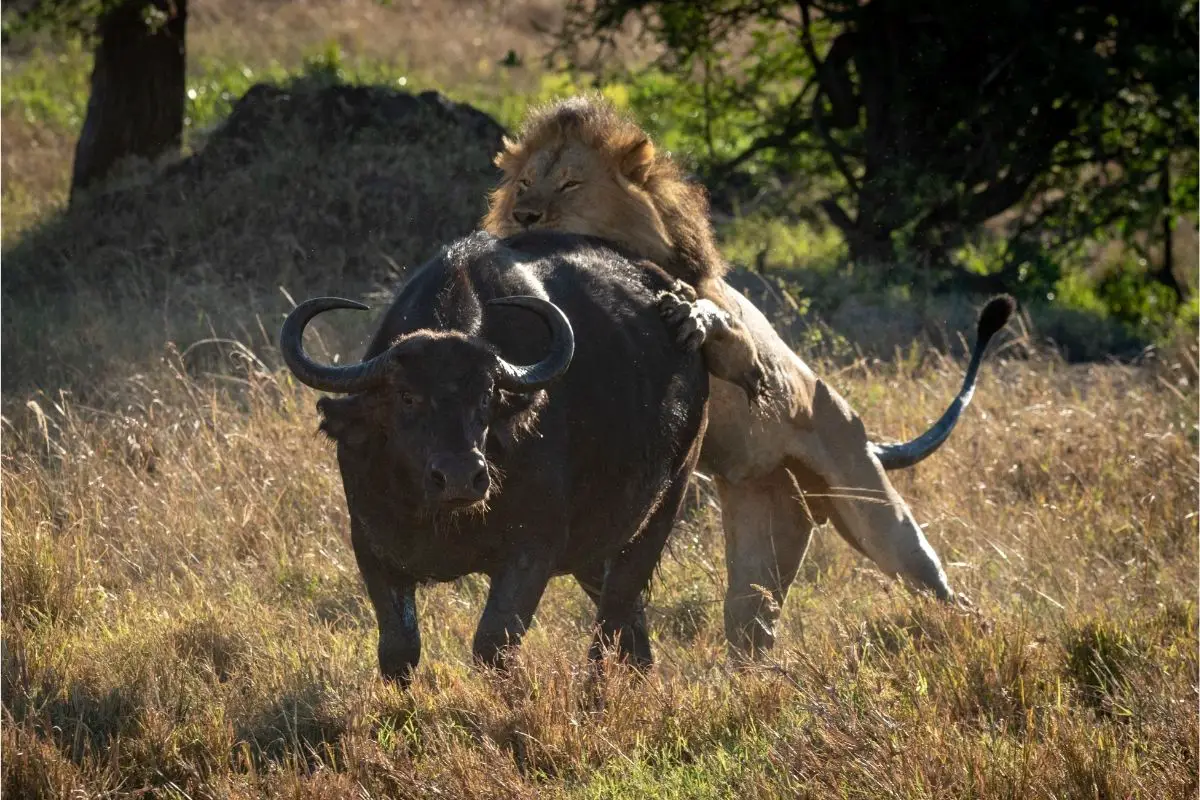Picture two of nature’s most formidable predators locked in combat – the crushing power of a jaguar against the lightning-fast agility of a leopard. While this scenario might seem like something straight out of a nature documentary, the question “can a jaguar kill a leopard” has captivated wildlife enthusiasts and sparked countless debates. The answer isn’t just a simple yes or no – it’s a fascinating journey into the world of apex predators, biomechanics, and evolutionary advantages.
Here’s the reality: yes, a jaguar could kill a leopard in a direct confrontation, and the science behind this conclusion reveals some truly remarkable insights about these magnificent cats. But before we dive into hypothetical battles, let’s explore what makes each of these predators uniquely deadly – and why they’d never actually meet in the wild.
The Tale of Two Continents: Why Jaguars and Leopards Never Actually Fight
Before we analyze who would win, it’s crucial to understand that jaguars and leopards inhabit completely different continents. Jaguars rule the rainforests and wetlands of Central and South America, while leopards dominate the landscapes of Africa and parts of Asia. This geographical separation means any encounter between these species would only occur in captivity – making our analysis purely theoretical.
This separation wasn’t always the case. Millions of years ago, the ancestors of these big cats shared territories, but continental drift and evolutionary pressures led them down different paths. Today, understanding their unique adaptations helps us appreciate why the differences between jaguars, leopards, and cheetahs are so pronounced.
Habitat Shapes the Hunter
Each cat evolved to master their specific environment:
- Jaguars developed crushing bite force to crack turtle shells and caiman skulls in South American waterways
- Leopards evolved exceptional climbing abilities and stealth to navigate Africa’s diverse landscapes
- Both became solitary ambush predators, but with distinctly different hunting strategies
Size, Strength, and Specs: Comparing Nature’s Perfect Predators
When examining whether can a jaguar kill a leopard, physical specifications tell a compelling story. Recent biomechanical studies from 2024 have provided us with precise data that wildlife researchers use to understand predator capabilities.
Jaguar: The Powerhouse
Jaguars are built like living tanks, designed for raw power:
- Weight: Males 120-300 pounds, females 85-180 pounds
- Body length: 5.3-6.1 feet (plus 2-3 feet tail)
- Bite force: 1,500 PSI – the strongest of all big cats
- Muscle density: 40% higher than most big cats
- Jaw muscles: Proportionally the largest among all felines
That bite force deserves special attention. At 1,500 PSI, a jaguar’s bite rivals that of many crocodilians. For perspective, this is nearly five times stronger than a lion’s bite force, which ranges around 650 PSI.
Leopard: The Tactical Genius
Leopards represent evolution’s answer to versatility and stealth:
- Weight: Males 80-200 pounds, females 60-130 pounds
- Body length: 3-6.2 feet (plus 2.3-3.6 feet tail)
- Bite force: 300-310 PSI
- Climbing ability: Can carry prey twice their weight up trees
- Speed: Up to 45 mph in short bursts
While leopards may seem outmatched in raw power, their adaptability is legendary. They’re the most widespread of all big cats, successfully inhabiting environments from African savannas to Asian mountains.
Battle Analysis: How a Jaguar Could Kill a Leopard
In a hypothetical encounter where a jaguar could kill a leopard, several factors would come into play. Wildlife biologists use behavioral analysis and physical capabilities to understand how different predators might interact.
The Jaguar’s Winning Strategies
Crushing Bite Advantage: The most decisive factor would be the jaguar’s incredible bite force. Unlike other big cats that typically suffocate prey with throat bites, jaguars often kill by crushing skulls. This technique would be devastatingly effective against a leopard.
Size and Weight Dominance: With jaguars typically 20-40% heavier than leopards, they’d have a significant advantage in grappling situations. This weight difference, combined with their muscular build, would make it difficult for a leopard to escape once engaged.
Ambush Mastery: Both cats are ambush predators, but jaguars have evolved to take down larger, more dangerous prey. Their experience with caimans and large mammals would translate well to subduing another big cat.
The Leopard’s Survival Tactics
However, leopards wouldn’t be helpless victims. Their survival would depend on:
- Speed and Agility: Leopards could potentially outmaneuver jaguars in open terrain
- Climbing Escape: Superior climbing abilities might provide escape routes
- Stealth Avoidance: Exceptional camouflage skills could prevent encounters altogether
The outcome would largely depend on the circumstances of the encounter, terrain, and individual animals involved.
Beyond the Hypothetical: Understanding Big Cat Hierarchy
The question of whether can a jaguar kill a leopard opens up broader discussions about big cat rankings. In the complex world of predator hierarchies, size isn’t everything, but it certainly matters.
Where Jaguars and Leopards Rank
Among the world’s big cats, here’s how they generally rank by fighting capability:
- Tigers: Largest and most powerful
- Lions: Cooperative hunters with social advantages
- Jaguars: Strongest bite force, built for power
- Leopards: Most adaptable and widespread
- Cheetahs: Built for speed, not fighting
This ranking helps explain why the debate between tigers and lions for “king of the jungle” remains so contentious, while also showing where jaguars and leopards fit in the big cat hierarchy.
Real-World Predator Interactions
While jaguars and leopards never meet, we can observe how similar-sized predators interact in nature. For example, lions and cheetahs share territory, and the larger lions regularly dominate encounters, often killing cheetahs to eliminate competition.
According to the World Wildlife Fund, jaguars face their own challenges with habitat loss, but their powerful build has historically made them apex predators wherever they exist.
Conservation Reality: Why This Question Matters
Understanding predator capabilities isn’t just academic curiosity – it has real conservation implications. Both jaguars and leopards face significant threats in the wild, and understanding their roles as apex predators helps conservationists protect entire ecosystems.
Current Conservation Status
Jaguars: Listed as “Near Threatened” with approximately 15,000 individuals remaining in the wild. Habitat destruction in the Amazon poses the greatest threat.
Leopards: Listed as “Vulnerable” with populations declining across their range. Human-wildlife conflict and habitat fragmentation are primary concerns.
The Panthera organization works tirelessly to protect both species through corridor creation and anti-poaching efforts.
Ecosystem Impact
Both cats serve as keystone species in their respective ecosystems:
- Jaguars control caiman populations, maintaining wetland health
- Leopards regulate ungulate populations across Africa and Asia
- Both species’ hunting behaviors shape prey animal distribution patterns
Understanding their predatory capabilities helps wildlife managers make informed decisions about habitat protection and prey species management.
The Verdict: Power vs. Adaptability
So, can a jaguar kill a leopard? Based on scientific analysis of their physical capabilities, hunting strategies, and evolutionary adaptations, the answer is definitively yes. The jaguar’s overwhelming advantages in size, bite force, and muscular power would likely prove decisive in most encounters.
However, this conclusion comes with important caveats:
- Individual variation matters – a large male leopard might match a smaller female jaguar
- Environmental factors could favor the more agile leopard
- Both are primarily ambush predators that typically avoid confrontation with equals
- Real-world encounters would be extremely rare even if they shared habitat
The broader lesson isn’t about which cat would “win,” but rather how evolution has shaped each species to perfectly fill their ecological niche. Jaguars evolved crushing power for South American prey, while leopards developed unmatched adaptability for diverse African and Asian environments.
For wildlife enthusiasts wanting to explore more big cat comparisons, consider learning about cougars and mountain lions – another fascinating example of how terminology and regional variations can confuse our understanding of these remarkable predators.
The next time someone asks whether a jaguar could kill a leopard, you’ll know the answer goes far beyond simple size comparisons. It’s a story of continental separation, evolutionary adaptation, and the incredible diversity of nature’s most perfect predators. Both deserve our respect, protection, and continued fascination as we work to ensure future generations can marvel at these magnificent cats in their natural habitats.
- Sink Your Teeth Into This: Analyzing the Powerful Lion Bite Force - September 8, 2023
- Siberian Tigers: Everything You Need To Know - September 4, 2023
- Do Lions Eat Humans? Understanding Lion Aggression and Risks - September 4, 2023






